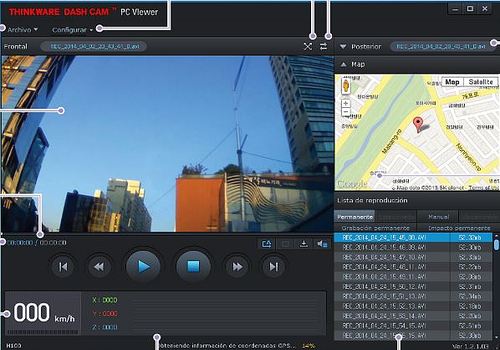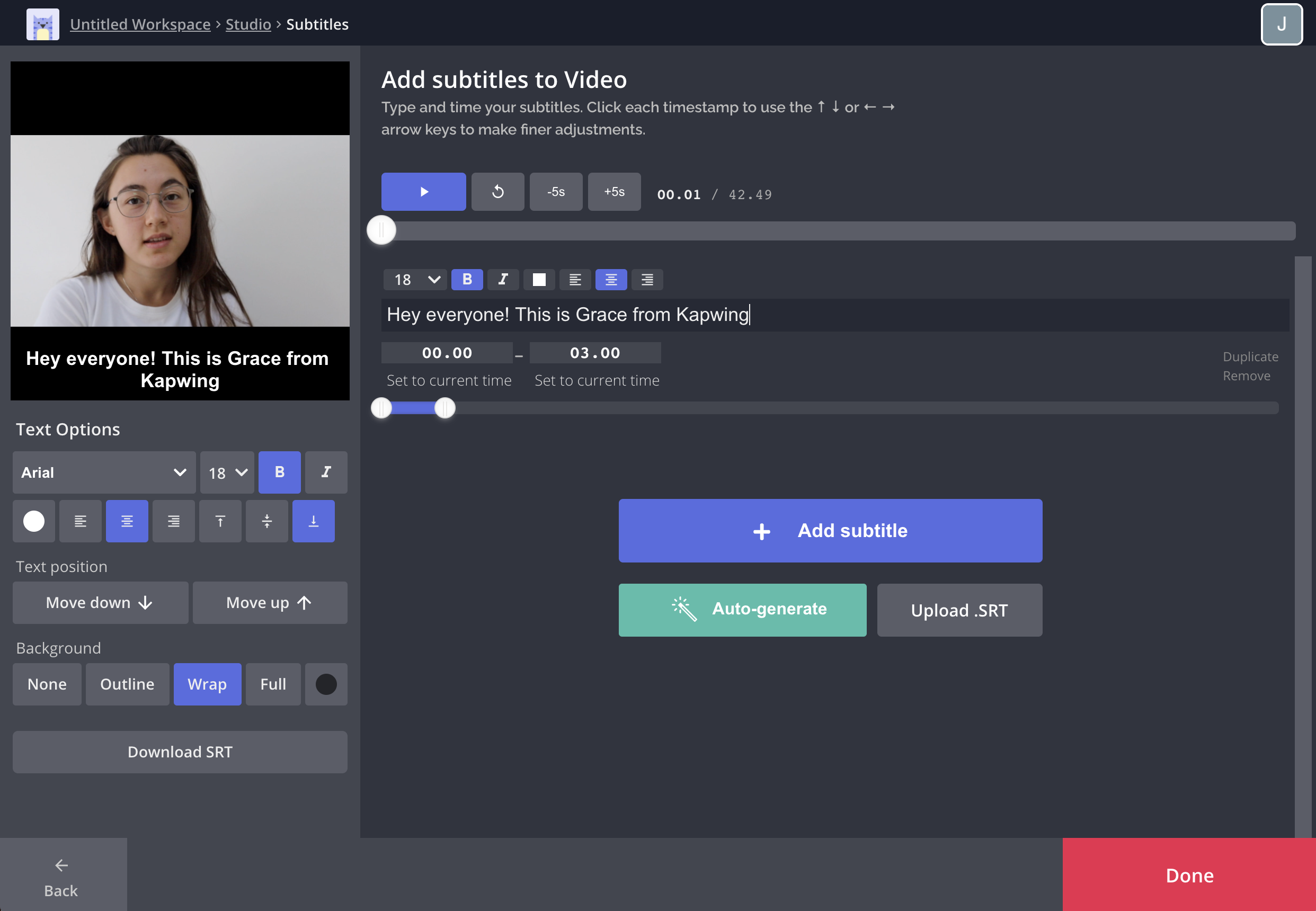

Google Android 1.0, Google Android 1.5, Google Android 1.6, Google Android 10.x, Google Android 2.0, Google Android 2.1, Google Android 2.2, Google Android 2.3, Google Android 3.0, Google Android 3.1, Google Android 3.2, Google Android 4.0, Google Android 4.1, Google Android 4.2, Google Android 4.3, Google Android 4.4, Google Android 5.x, Google Android 6.x, Google Android 7.x, Google Android 8.x, Google Android 9.x
#Srt viewer ware Pc
What can be considered a further contribution of this study is the corpus itself which could be used in future qualitative or quantitative analyses.Symbian OS | Pocket PC | Smartphone | Android | BlackBerry | Apple iPhone OS | Java | Mobile Gaming | Linux | Palm | Win CE | Tabletįree Mobile Software, Themes, Games, Apps for PDA and Smartphones The findings could be used in applied translation studies not only for the explanation and prediction of the way subtitles are manifested, but also in the training of subtitlers. Besides, the theoretical results could have some bearing on general translation studies. The findings contribute to the advance of AVT studies by foregrounding two national subtitling practices. The consistency of regularities in all ten of them seems to point that norms revealed in this study operate in most movies that have been subtitled in Greece and Spain at the turn of the millennium. This phenomenon is caused by differences both in subtitle distribution and in the use of omissions. Overall, the number of subtitles is recurrently higher in Spanish but this does not necessarily mean that Greek versions translate less. Combining textual (subtitled film analysis) with extratextual (questionnaire results and literature review) sources of norms enables arriving at safer conclusions.

This qualitative analysis aims: to exemplify the recoverability hypothesis and how it seems to affect subtitlers’ decisions to use omissions to illustrate how pauses and shot changes may influence the distribution of subtitles and to answer some of the questions raised in the quantitative analysis.

Regularities revealed by quantitative results point to norms whose operation is investigated through sample analysis. The quantitative study analyses differences in subtitle numbers, subtitle distribution and duration, number of characters per subtitle, number of subtitles consisting of full-sentences and temporal relationships between utterances and their respective subtitles. Methods include the use of a questionnaire directed to subtitlers in both countries and a quantitative analysis of the Greek and Spanish subtitles aligned with the utterances from ten US blockbusters produced from 1993 to 2003. This research is based on three general hypotheses: that the most suitable approach for such a query is a descriptive product-focused methodology based on norm theory that there are regularities in the subtitling practice and that subtitling norms are of a different nature in Spain, a dubbing country, and Greece, a subtitling country. In the attempt to answer them, first a theoretical framework is established and conceptual tools are provided, including the notion of recoverability, categories of temporal relations between subtitles and utterances, as well as subtitle types, most notably the type termed “zero-liner”. Are subtitling practices different in Greece and Spain? And if so, how and why? These are the questions that instigated this study in the first place.


 0 kommentar(er)
0 kommentar(er)
